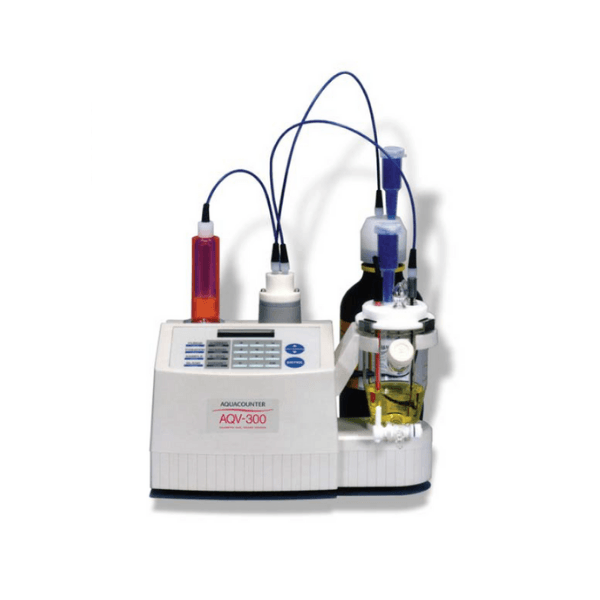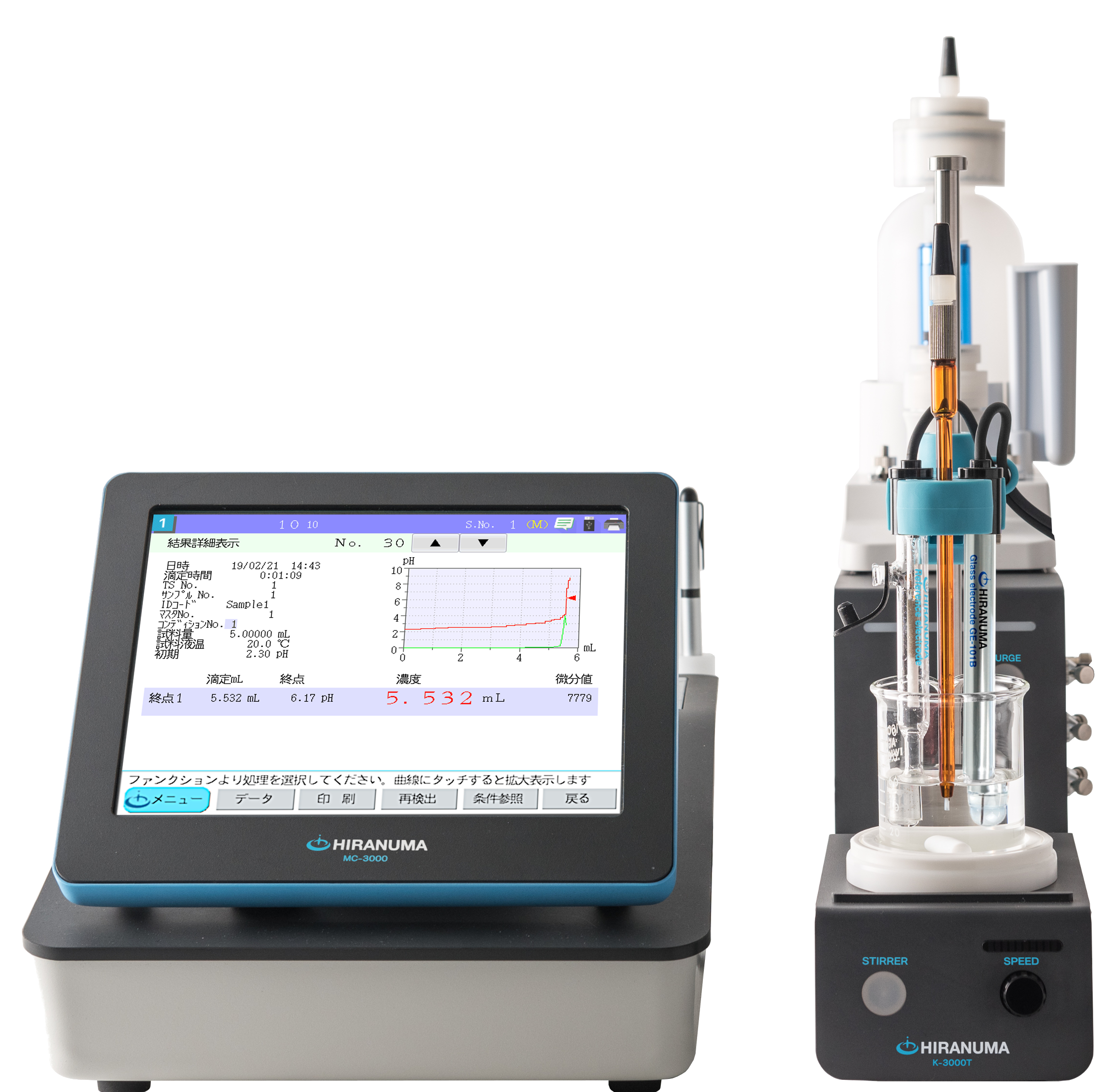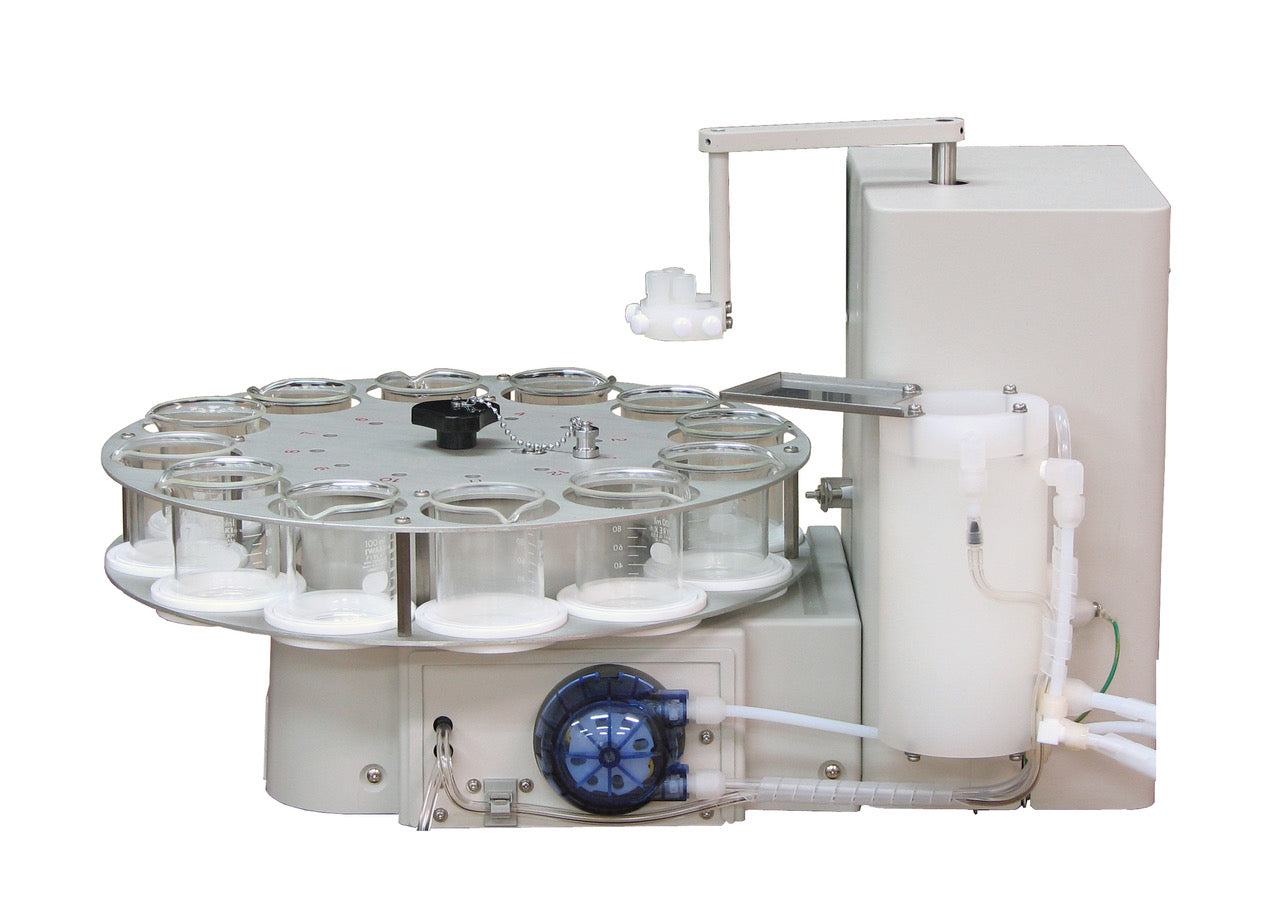Karl Fischer & Potentiometric Titration Application Library
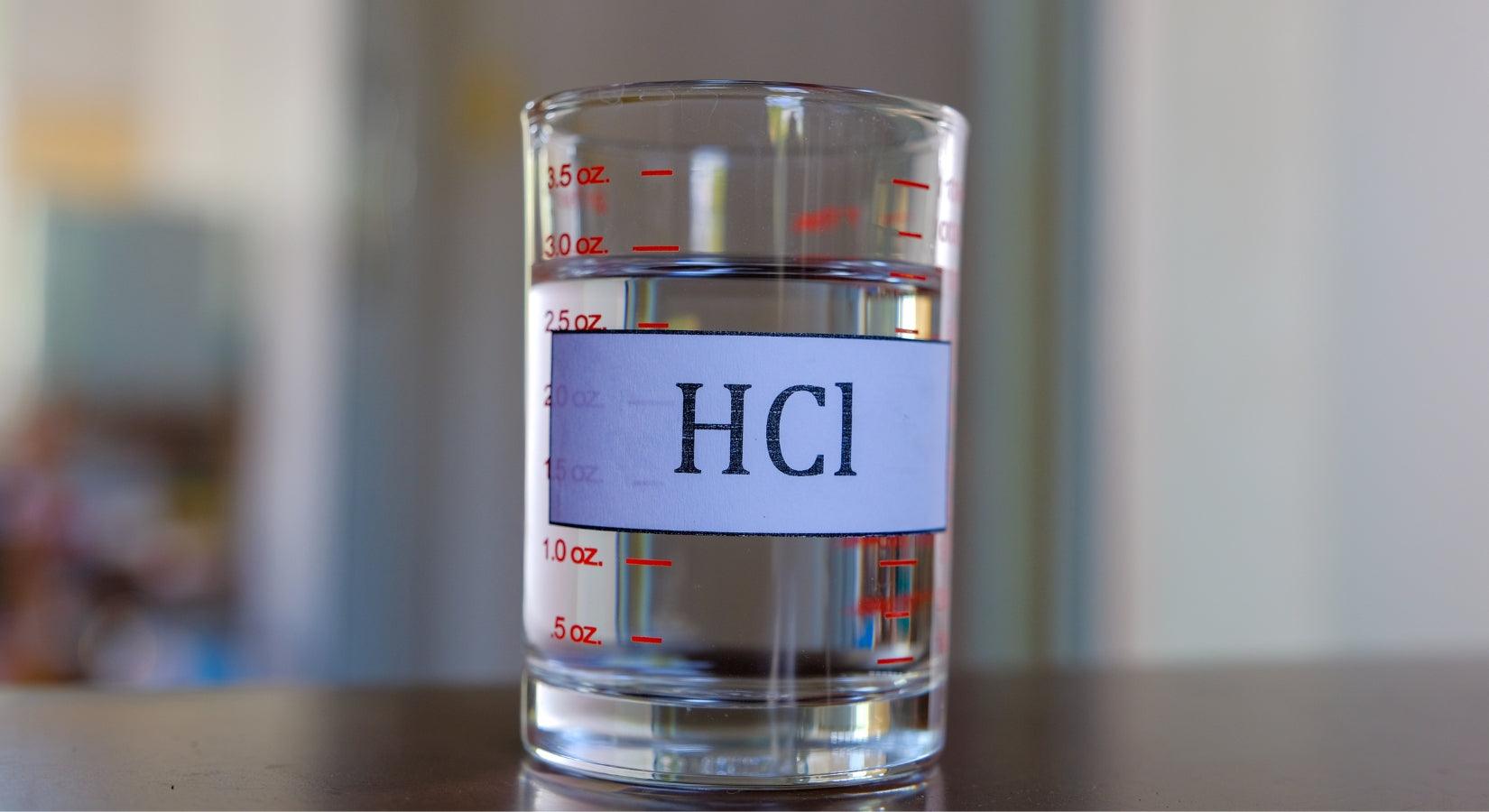
Standardization of hydrochloric acid titrant | Autotitrator COM-A19

Determination of chloride ion in concrete | Autotitrator COM-A19
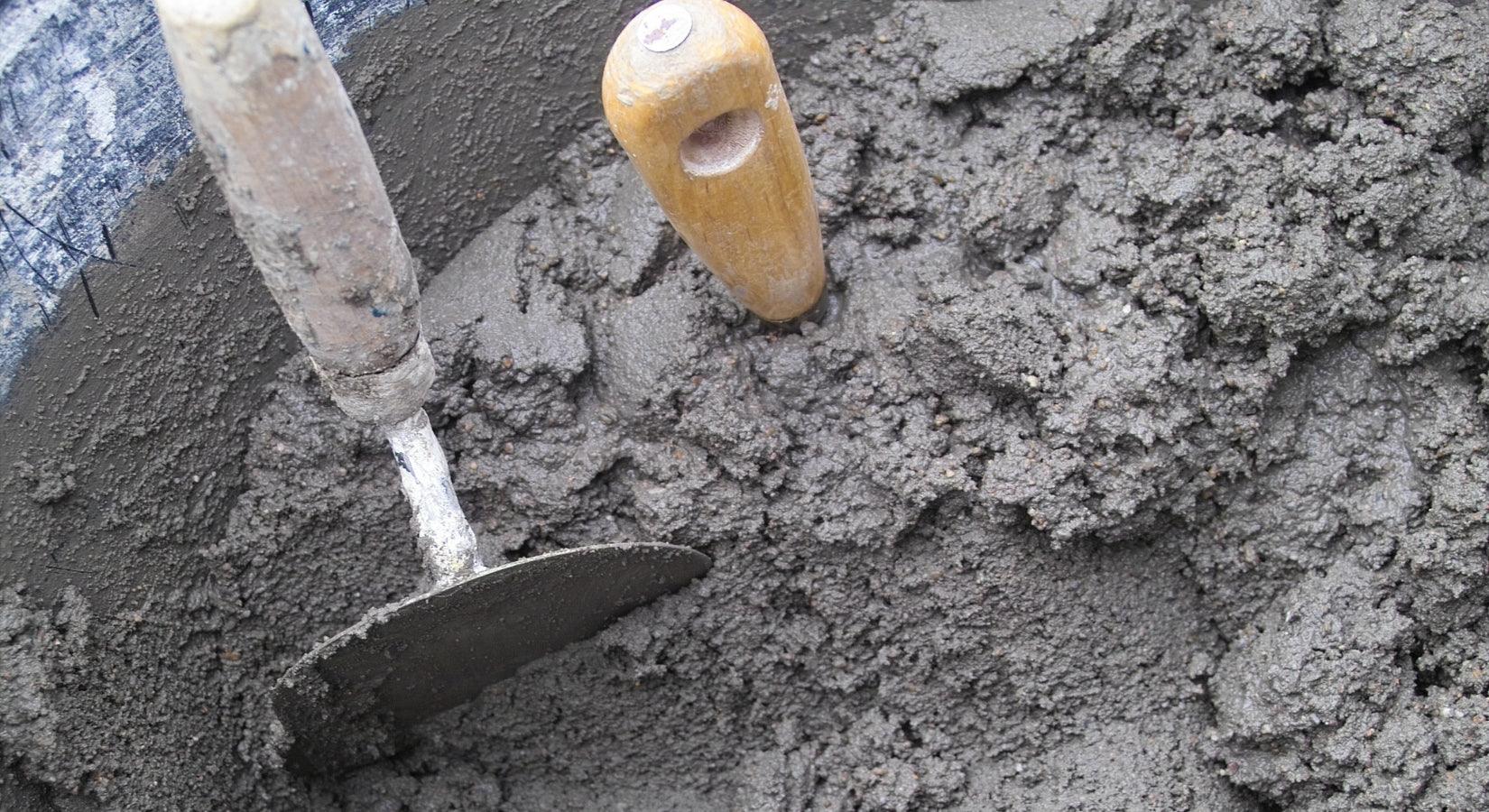
Determination of chloride ion in cement | Autotitrator COM-A19
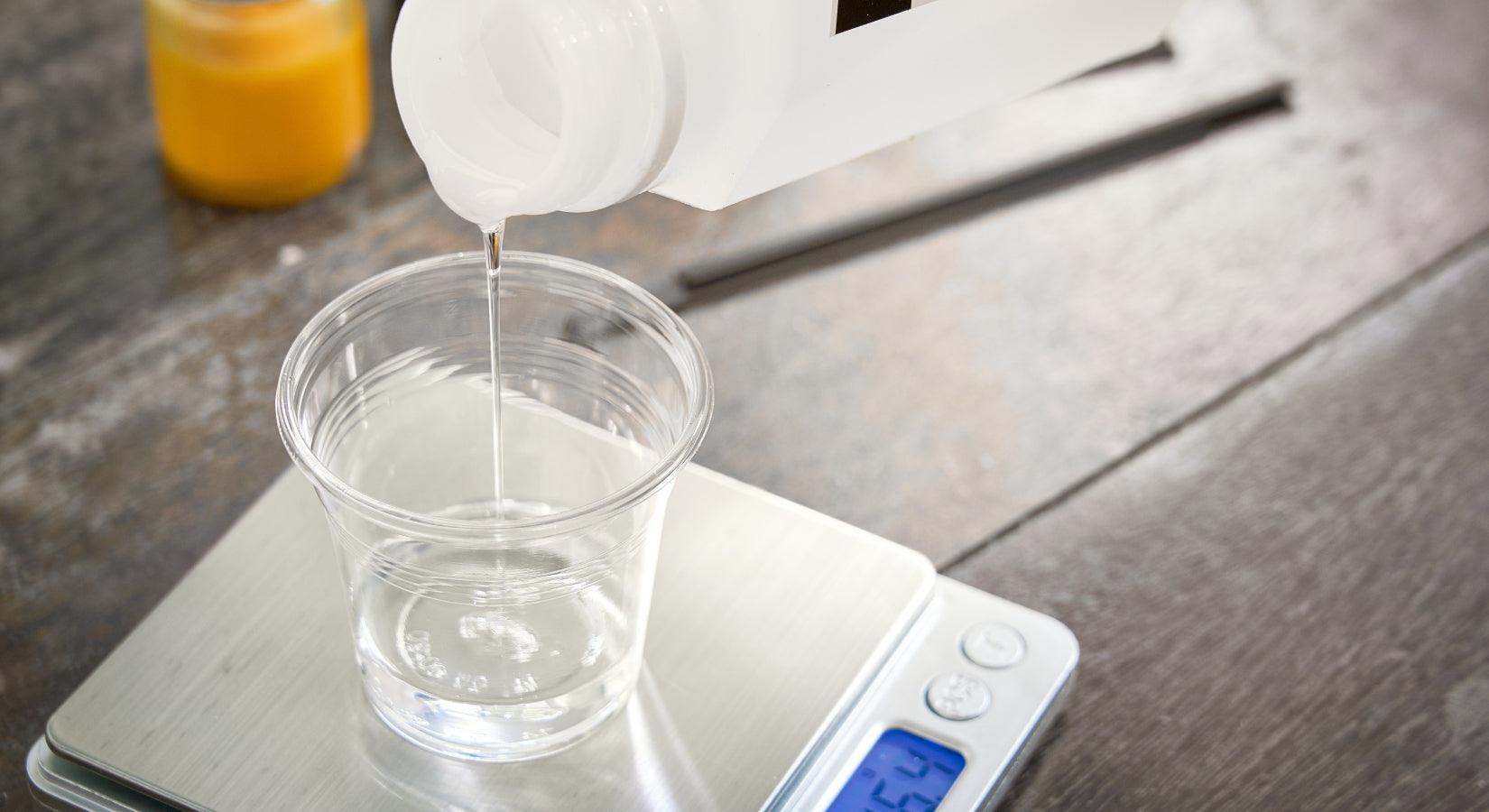
Determination of isocyanate (NCO) content in adhesives | Autotitrator COM-A19
ASTM D5155 : Standard Test Methods for Polyurethane Raw Materials: Determination of the Isocyanate Content of Aromatic Isocyanates
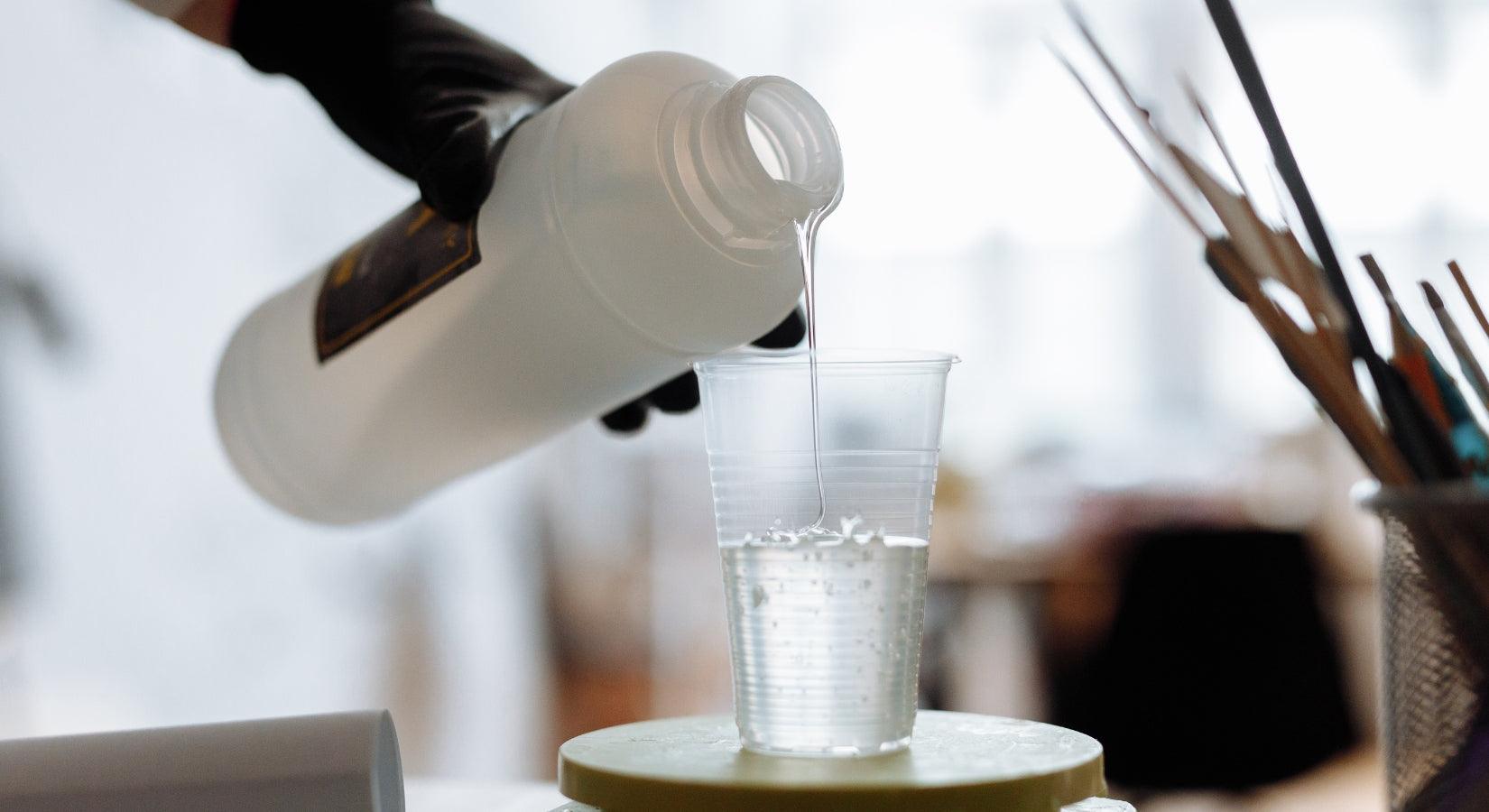
Epoxy equivalent determination of epoxy resins | Autotitrator COM-A19
Epoxy resin is generic name of compounds which have two or more epoxy group in one molecule, it does not harden by itself. The addition of catalyst or hardener is required for curing. It becomes thermoset resin through addition polymerization with epoxy group by the hardener (fatty amine etc.). The additive amount of hardener corresponds to epoxy equivalent (mass of resin including one-equivalent epoxy group) of each epoxy resin. The determination of epoxy equivalent is quite important process for quality control. The measurement method of epoxy equivalent is defined in JIS (Japanese Industrial Standards) K7236:2001. Measurement is performed as follows:
1) Weigh the sample accurately and dissolve it in chloroform.
2) Add acetic acid and tetraethyl ammonium bromide – acetic acid solution.
3) Perform potentiometric titration with 0.1 mol/L perchloric acid – acetic acid standard solution.
Perchloric acid reacts with tetraethylammonium bromide and generates hydrogen bromide by addition of perchloric acid – acetic acid standard solution. (Refer to the reaction formula 1-1.)
The generated hydrogen bromide reacts with epoxy group. (Refer to the reaction formula 1-2.)
When all epoxy groups are reacted and hydrogen bromide gets excess, this point is detected as the endpoint to determine epoxy equivalent.
(C₂H₅)₄NBr + HClO₄ → HBr + (C₂H₅)₄NClO₄・・・(1-1)
 ・・・(1-2)
・・・(1-2)ASTM E1899 : Standard Test Method for Hydroxyl Groups Using Reaction with p-Toluenesulfonyl Isocyanate (TSI) and Potentiometric Titration with Tetrabutylammonium Hydroxide
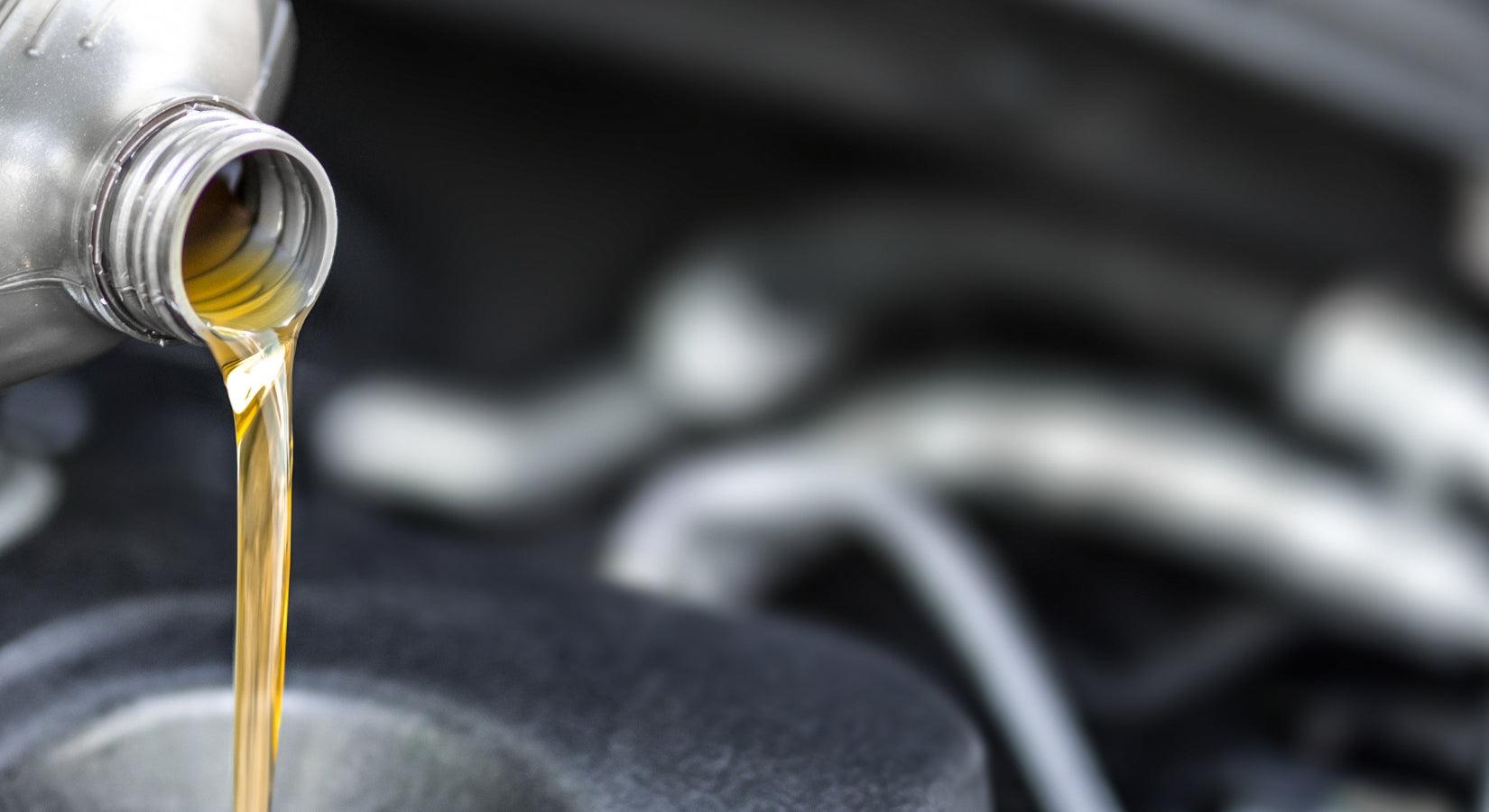
Base number in Lubricant oil (Perchloric acid / Back-titration) | Autotitrator COM-A19
Measurement of base number is defined in several standard test methods. It is indicated by “milligrams of potassium hydroxide equivalent weight to acid required to neutralize basic components contained in 1 g of the sample”. There are two methods of base number, hydrochloric acid method and perchloric acid method. In addition, there are two types of perchloric acid titration, forward-titration and back-titration. In this article, perchloric acid method with back-titration will be introduced. The international standard methods for base number with perchloric acid method are shown as bellow.
・ JIS K2501 2003:Petroleum products and lubricants – Determination of neutralization number
・ ASTM D2896-06 : Standard Test Method for Base Number of Petroleum Products by Potentiometric Perchloric Acid Titration
The potentiometric titration process is as follows:
1) Weigh sample exactly corresponding to base number and dissolve it in a titration solvent.
2) Immerse glass electrode and reference electrode.
3) Add fixed amount of perchloric acid in acetic acid solution to the sample.
4) Start titration with sodium acetate in acetic acid solution.
There are two procedures for perchloric acid titration with back-titration, A and B on ASTM D2896. Procedure A and B use different titration solvent volume and sample weight. In this article, measurement with procedure B will be applied.
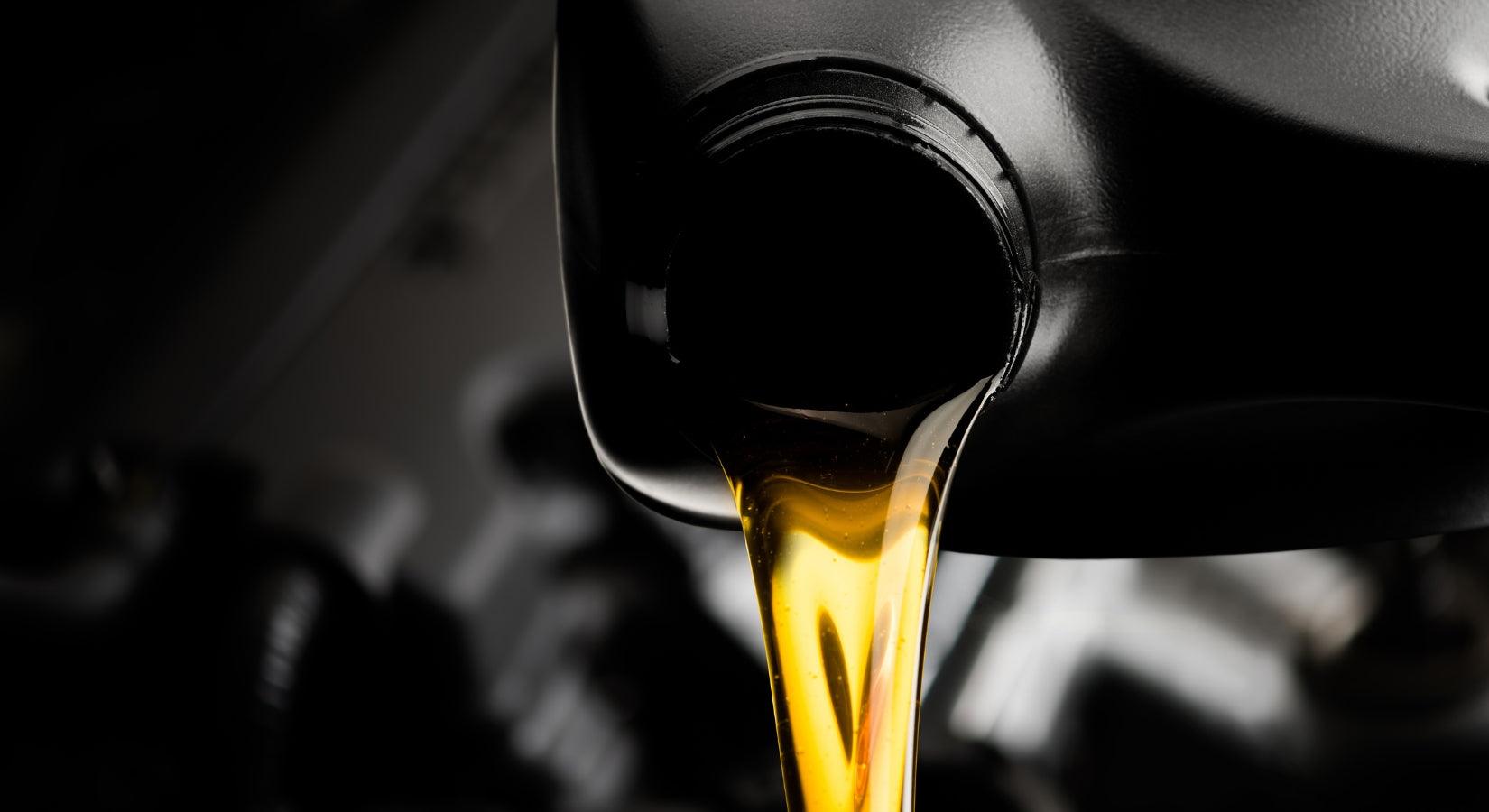
Acid number in Refrigerating machine oil | Autotitrator COM-A19
Refrigerating machine oil is used in a state mixed with refrigerant such as hydrofluorocarbon. The official standard of refrigerant (e.g. JIS K 2211) specifies the acid number test according to JIS K 2501. It is indicated by “milligrams of potassium hydroxide required to neutralize acidic components contained in 1 g of the sample”.
In this article, we apply the color-indicator titration method described in JIS K2501 to automatic titrator, and introduce measurement of acid number in refrigerating machine oil by photometric titration. Acid and base number with color-indicator titration is also regulated in ASTM D974. p-Naphtholbenzein is used as color indicator.

Base number in lubricating oil (Perchloric acid method) | Autotitrator COM-A19
・ JIS K2501 2003 : Petroleum products and lubricants – Determination of neutralization number
・ ASTM D2896-06 : Standard Test Method for Base Number of Petroleum Products by Potentiometric Perchloric Acid Titration
The potentiometric titration process is as follows:
1) Weigh sample exactly corresponding to base number and dissolve it in a titration solvent.
2) Immerse glass electrode and reference electrode.
3) Start titration with perchloric acid in acetic acid solution.
There are two procedures for perchloric acid titration, A and B on ASTM D2896. Procedure A and B use different titration solvent volume and sample weight. In this article, measurement with procedure B will be applied. Inflection point is defined as the end point if it obtained sharply. If it’s not clear, back-titration method could be applied. Back-titration method is mentioned in “HIRANUMA APPLICATION DATA No. L11”.
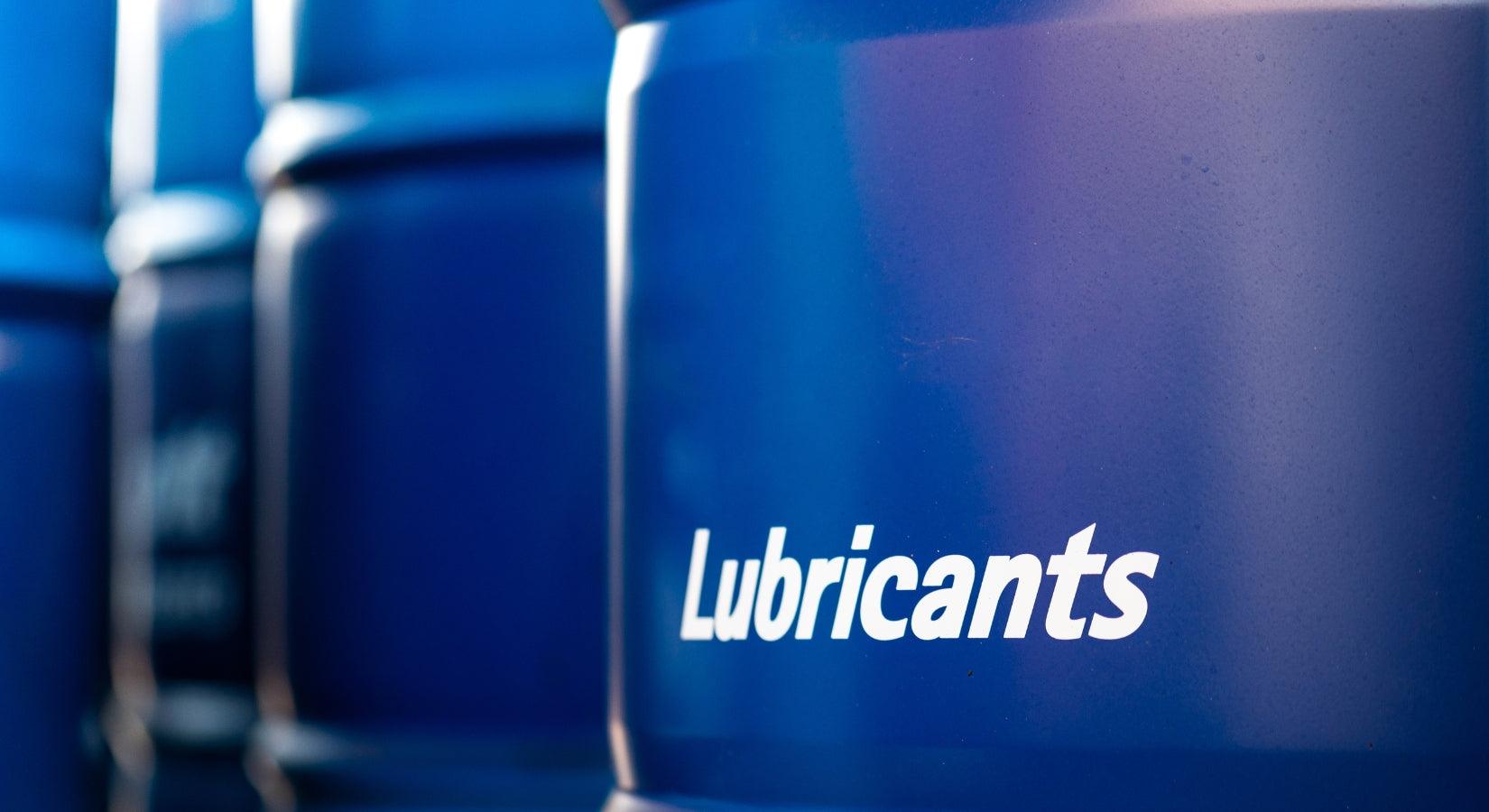
Base number in lubricating oil (Hydrochloric acid method) | Autotitrator COM-A19
・ JIS K2501 2003 : Petroleum products and lubricants – Determination of neutralization number
・ ASTM D4739-2011 : Standard Test Method for Base Number Determination by Potentiometric Hydrochloric Acid Titration
The potentiometric titration process is as follows:
1) Weigh sample exactly corresponding to base number and dissolve it in a titration solvent.
2) Immerse glass electrode and reference electrode.
3) Start titration with alcoholic hydrochloric acid solution.
Inflection point is defined as the end point if it obtained sharply. If it’s not clear, the pH obtained from measurement of buffer solution is defined as the end point. The measurement with the latter end point detection will be introduced here.

Acid number in Lubricating oil | Autotitrator COM-A19
The acid number of lubricant oil is one of the important index for judging its quality.
Measurement of acid number is defined in several standard test methods. It is indicated by “milligrams of potassium hydroxide required to neutralize acidic components contained in 1 g of the sample”.
The international standard methods for acid number are shown as bellow.
・ JIS K2501 2003:Petroleum products and lubricants – Determination of neutralization number
・ ASTM D664-1995 : Standard Test Method for Acid Number of Petroleum Products by Potentiometric Titration
The potentiometric titration process is as follows:
1) Weigh sample exactly corresponding to acid number and dissolve it in a titration solvent.
2) Immerse glass electrode and reference electrode.
3) Start titration with alcoholic potassium hydroxide solution.
Inflection point is defined as the end point if it obtained sharply. If it’s not clear, the pH obtained from measurement of buffer solution is defined as the end point. The measurement with the latter end point detection will be introduced here.
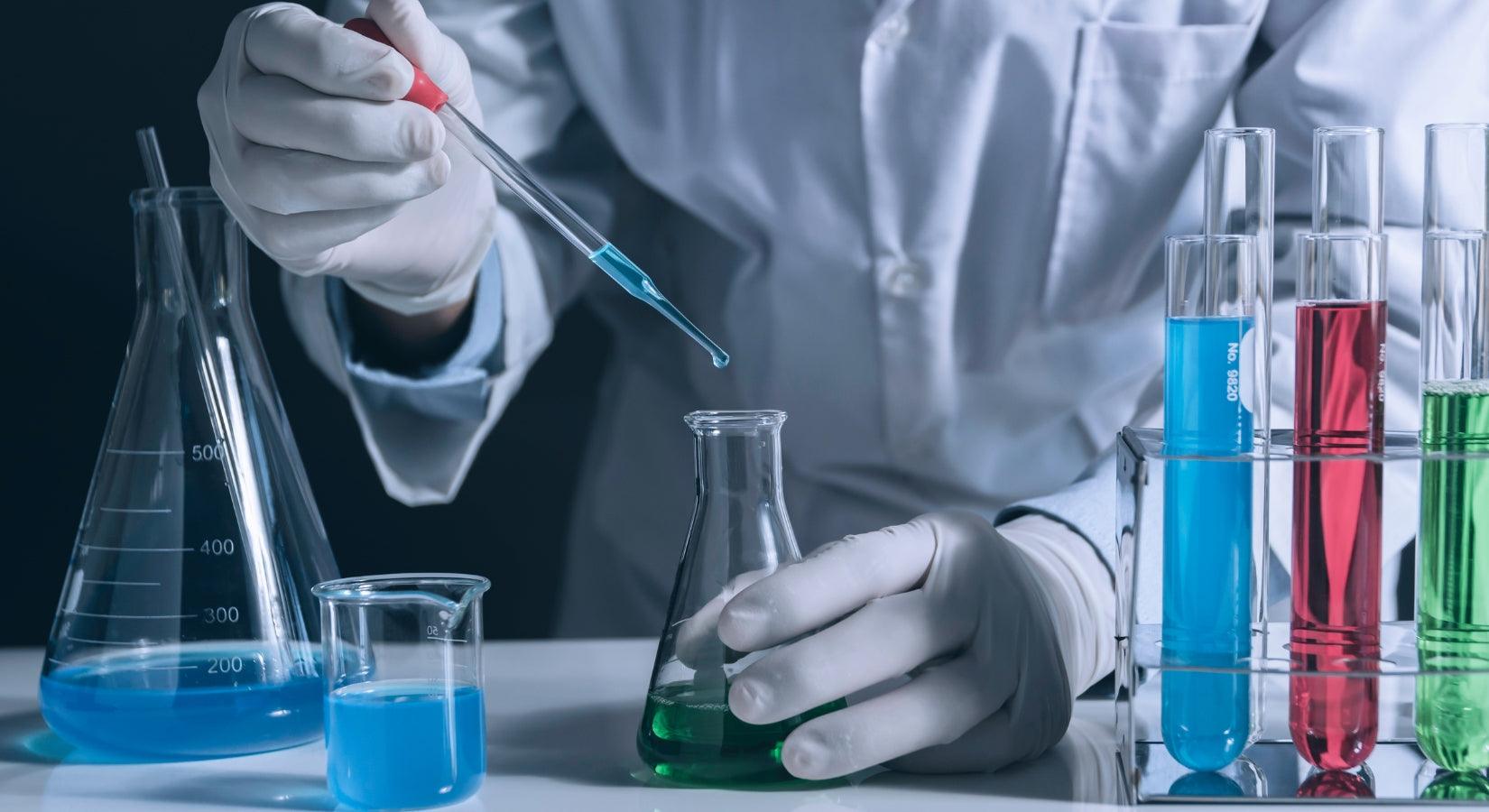
Fractional determination of hydrogen peroxide and peracetic acid | Autotitrator COM-A19
Peracetic acid (CH₃COOOH) is used as oxidizing agent, bleaching agent, and fungicide. Peracetic acid generates acetic acid and oxygen by its decomposition. It is suggested that the bleaching and antiseptic properties are derived from this generated oxygen. On the other hand, hydrogen peroxide (H₂O₂) works as both oxidizing and reducing agents depending on the target chemical to be reacted. It is used as fungicide in food industry as well as peracetic acid.
Recently, the usage of the mixed solution containing hydrogen peroxide, peracetic acid, and acetic acid has been increasing for the sterilization of beverage containers along with the popularization of a plastic bottle as containers. This report introduces an example of fractional determination of hydrogen peroxide and peracetic acid in the mixed solution containing hydrogen peroxide, peracetic acid, and acetic acid.
The fractional titration of hydrogen peroxide and peracetic is performed as follows: first, hydrogen peroxide is titrated with potassium permanganate standard solution (formula (1)) after the sample solution is acidified with sulfuric acid. After the titration, add potassium iodide to generate iodine equivalent to peracetic acid (formula (2)). This generated iodine is titrated with sodium thiosulfate standard solution to determine the peracetic acid (formula (3)).
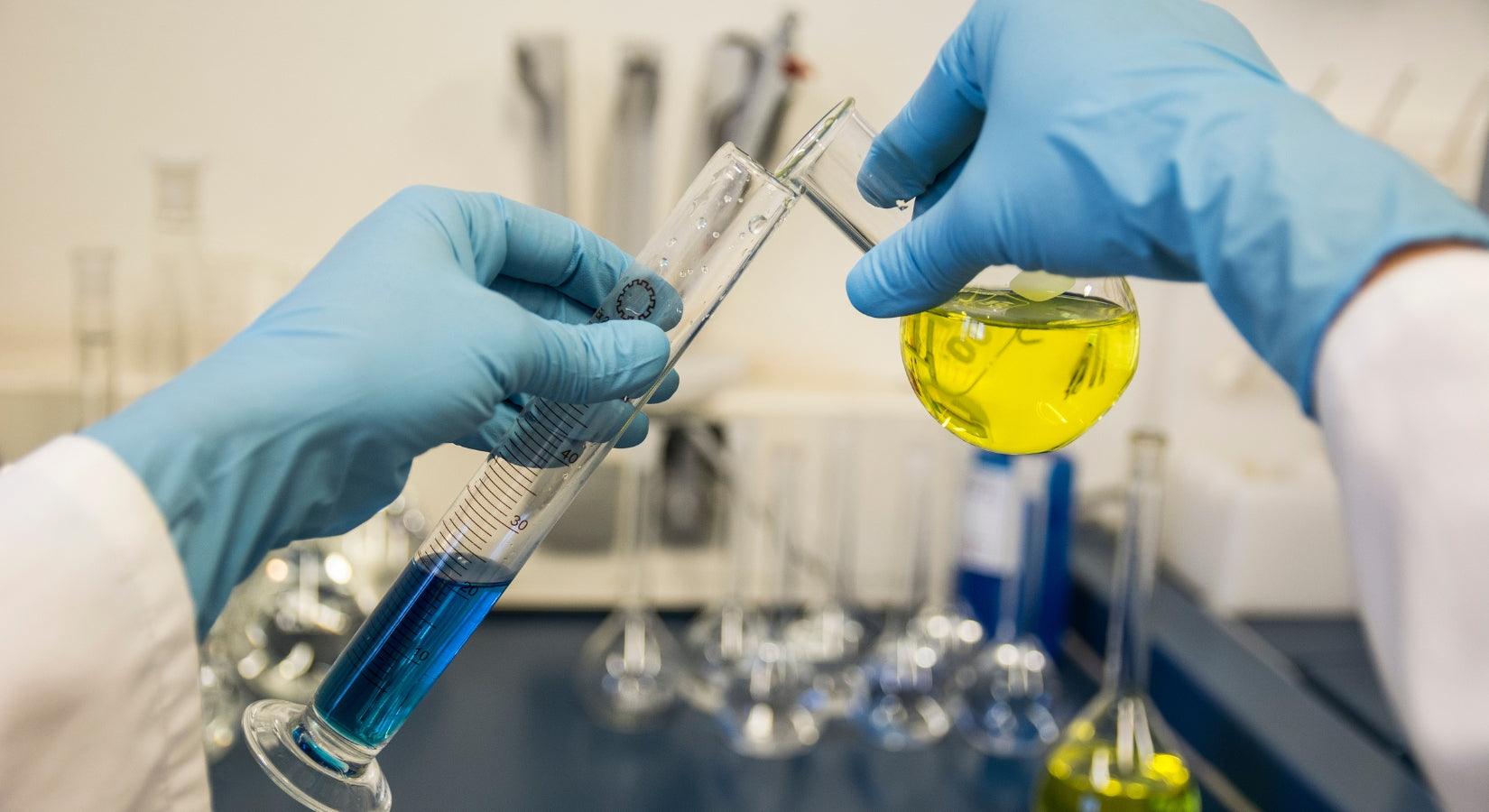
Fractional determination of ascorbic acid and sodium ascorbate | Autotitrator COM-A19
Ascorbic acid has properties as an acid and a strong reducing agent. On the other hand, sodium ascorbate doesn’t have a function as an acid but works as a reducing agent as well as ascorbic acid. The quantitative determination method for ascorbic acid is prescribed in JIS K 9502 and Japanese pharmacopeia. There are two determination methods for ascorbic acid; neutralization titration and iodine titration.
The fractional determination method for ascorbic acid and sodium ascorbate is introduced in this report. First, ascorbic acid is determined by the neutralization titration with sodium hydroxide standard solution (formula (1)). After that, the total amount of ascorbic acid (ascorbic acid and sodium ascorbate) is measured by the redox titration with iodine standard solution (formula (2) and (3)). The sodium ascorbate is determined by the subtraction of the ascorbic acid from the total amount of ascorbic acid.

